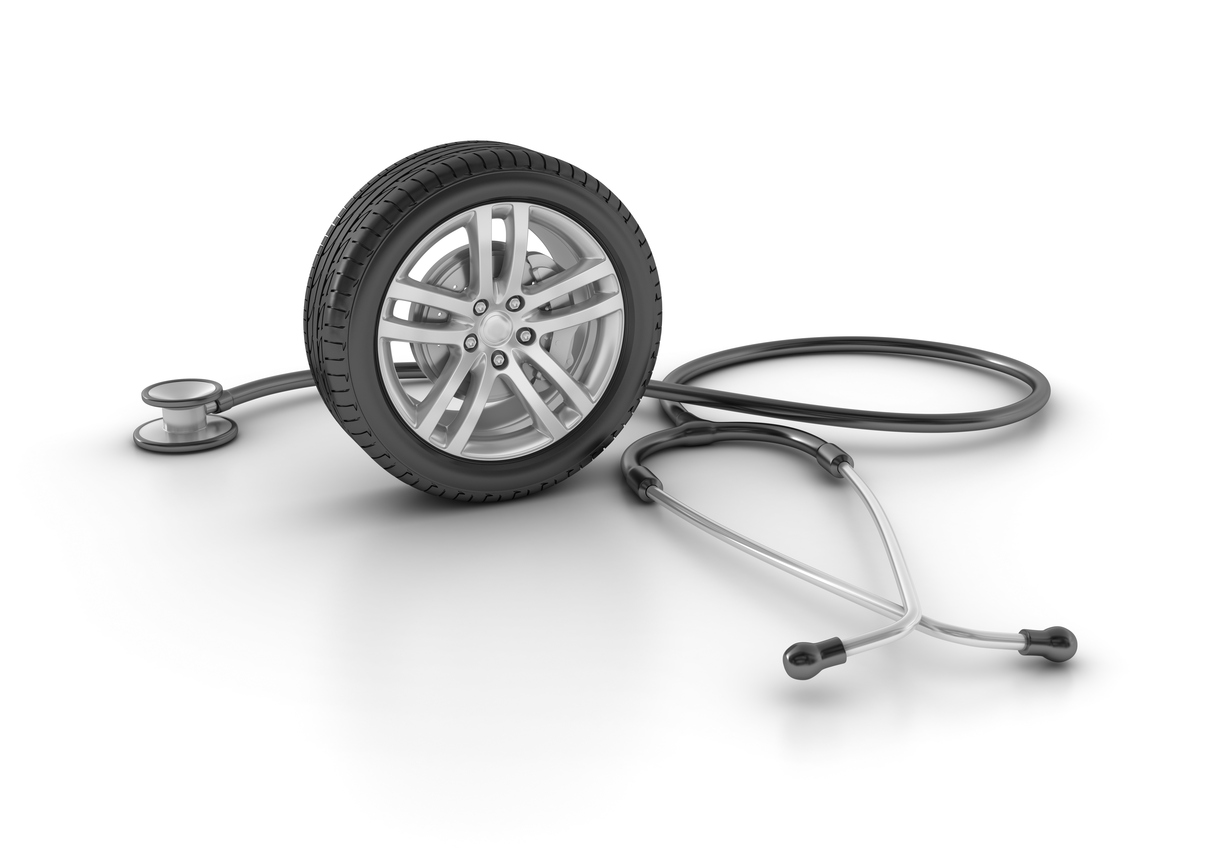Over the next few issues of FLEET intouch we will look at the management system you need to have in place to ensure 'healthy' fleet management.

We’ll start by looking at the high level, but critical areas of fleet management: inventory and utilisation.
Inventory
How well defined is the scope of your fleet? Do you know what you have and where it is? It seems obvious, but the truth is sometimes assets come into a fleet through various departments or have been “inherited” over time. The assets are there and being used, but are not being managed by the Fleet Manager. This situation creates significant risks:
Safety: If you don’t know about the asset you don’t know that it is fit for purpose, or if it is adequately maintained. This could lead to a workplace or on-road incident.
Financial: The asset may not be on the financial asset register and is therefore not being depreciated or provided for in operational or capital budgets.
Operational: Like safety risk, you need to be sure the asset is fit for purpose and reliable if it is to achieve its operational requirements.
Utilisation
Utilisation is the extent to which an asset is used – typically kilometres per annum or hours per annum. A key principle of fleet management is to ensure you have asset capacity matched to your operational requirements. As a general approach you want fewer, highly utilised assets rather than more, low utilised assets.
Utilisation is an efficiency driver and it needs to be routinely monitored and actively managed.
Benchmarking is a great start to understanding your utilisation. The benchmarks might be industry based (like IPWEA’s utilisation and replacement benchmarks), partner based (by comparing with similar organisations) or internal (by comparing across departments or across assets of a similar type). Once utilisation is understood, interventions can be made such as relocating assets, pooling or rationalisation.
Inventory and utilisation are just two areas assessed as part of the IPWEA Third Party Health Check. The IPWEA Fleet Management Health Check is an efficient and effective way for a fleet owner to review their fleet management processes and activities to identify what is being done well – but more importantly where improvements can be made. The health check is a proactive and positive way to identify and address areas of concern before they become more significant issues. It’s like going to a doctor for a check-up so you can address problems before they become serious and costly.
A health check provides the following benefits:
- Identifies gaps before more serious problems occur
- Drives continuous improvement
- Demonstrates proactive management
More information on the IPWEA Third Party Health Check can be found here.